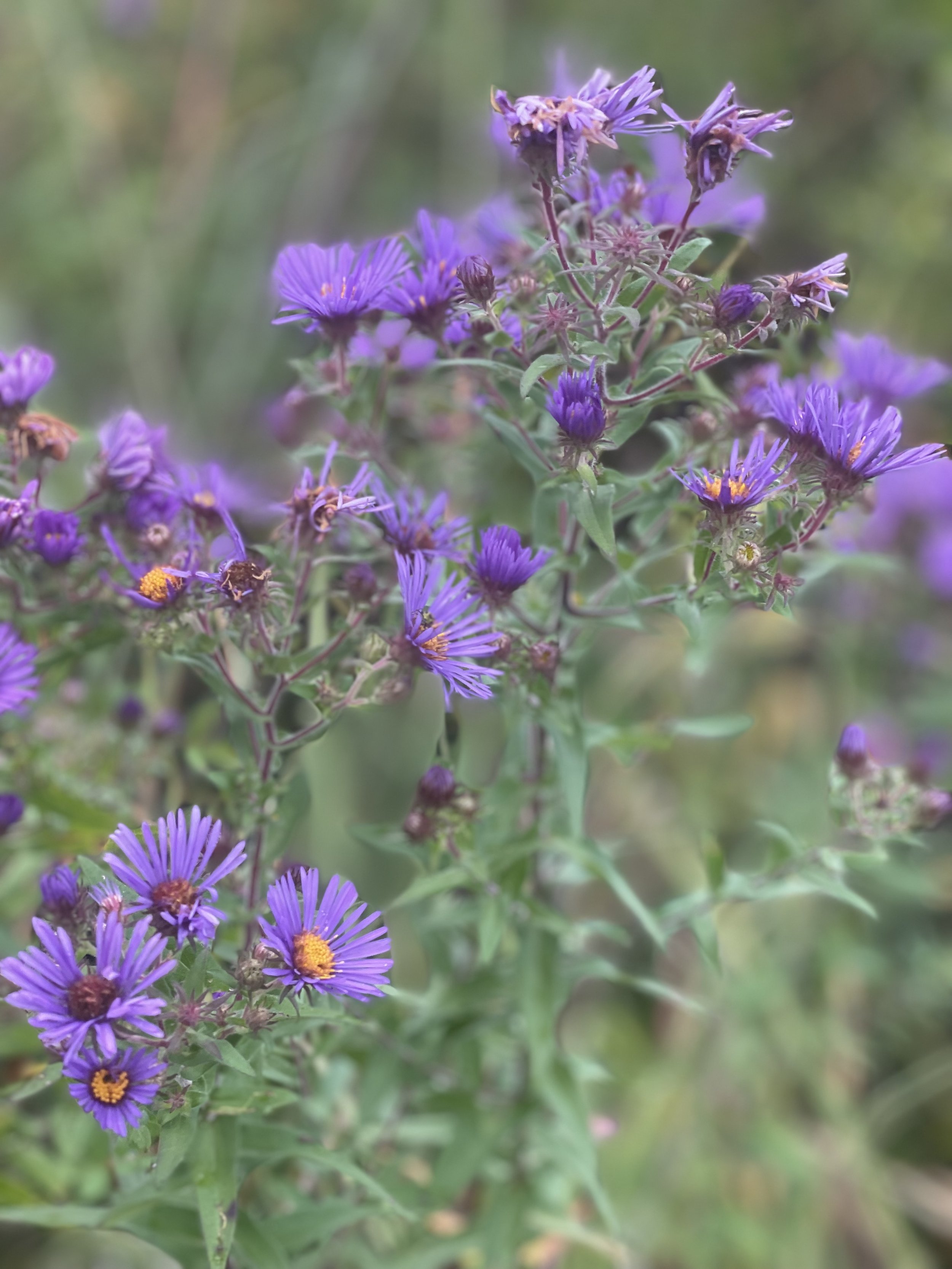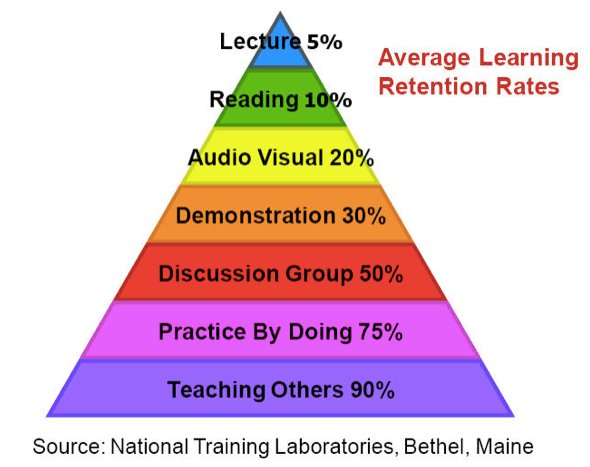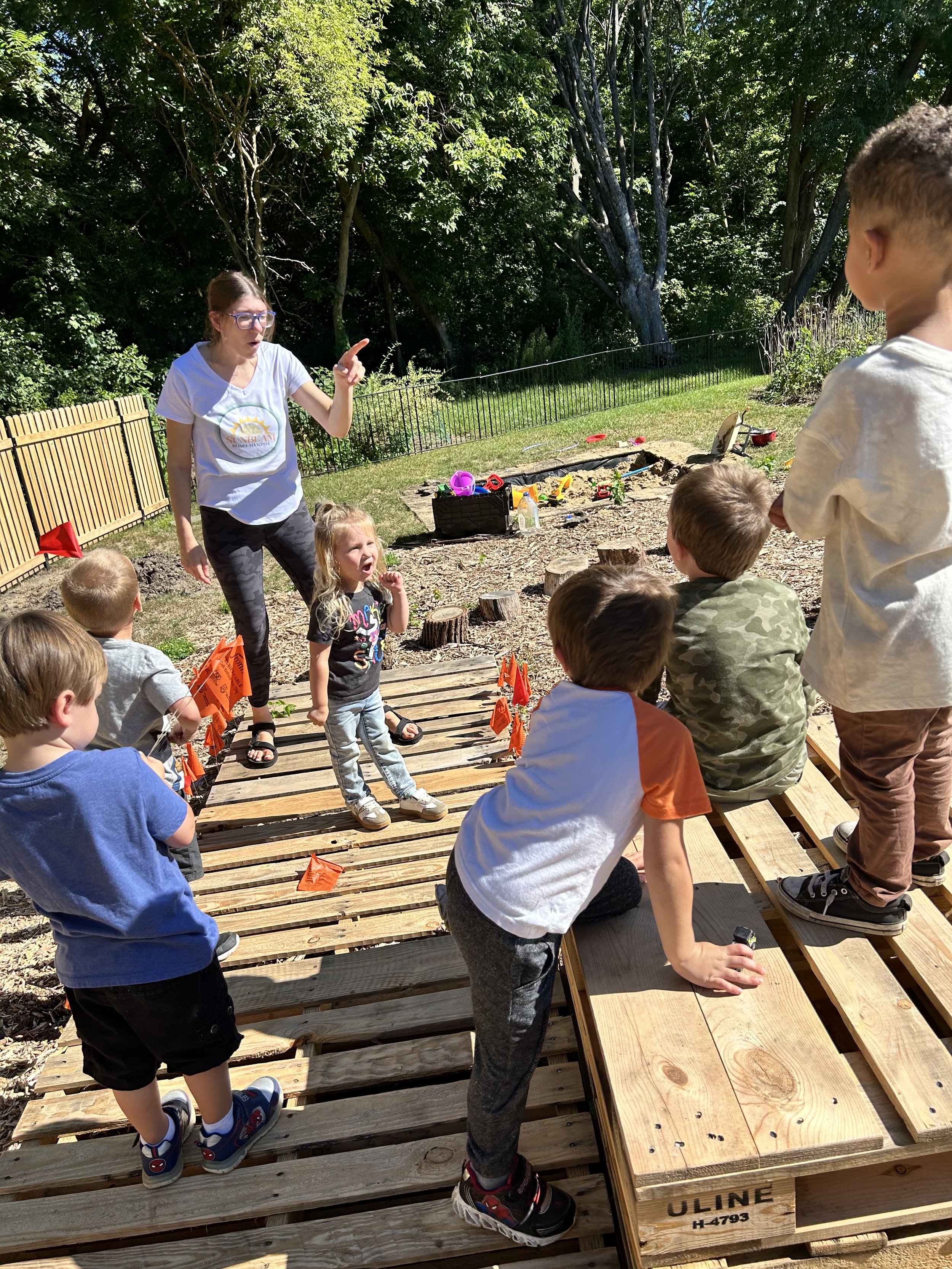
For the Parents
We know at first it may sound scary, even risky, having your child go without a regular government based education curriculum and environment. The good news is that subjects such as reading, writing, history, math, and science will be easily interwoven into the forest school curriculum. It’s also been proven that students previously in forest schools that go back into public school are above the academic grade level.
Do you remember learning the same things year after year when you were going through the school grades? Looking back at that, it was actually a waste of academic time; and we don’t know about you, but we certainly weren’t excited as children to start history class, 3rd year in a row, relearning the same things about the pilgrims and Native American wars.
When a child has personal, authentic, & fully engaged learning experiences, they will remember those lessons forever! And as a consequence, they will continuously build upon those lessons in greater knowledge, understanding, and skill. Learning is taught to be FUN at NYLL forest school and students look forward to coming to school!
“We are not building followers. We are building leaders.”
-
●Independence
● Respect and compassion
● Resilience
● Personal space
● Good judgement
● Cooperation
● Leadership
● Adaptability
● Perseverance
● Risk-taking
-
● Problem-solving/critical thinking
● Creative and divergent thinking
● Knowledge Base
● Emotional development
● Communication
-
● Gross Motor Skills
● Upper Body Strength
● Core Strength
● Endurance
● Postural Control
● Gross Motor Coordination
● Fine Motor Skills
● Development of the Senses
● Risk-taking
-
Characteristics of a creative thinker:
1. Curious
2. Risk-taker
3. Flexible and adaptable
Creative thinkers have these skills:
1. They ask questions that arise from curiosity.
2. They can identify, articulate, and solve problems.
3. They can see patterns, find relationships, and make connections among ideas.
4. They question, analyze, and synthesize ideas.
5. They reflect and evaluate ideas.
6. They follow through in bringing ideas to fruition.
7. They work well with others to bring ideas to fruition.
8. They can express ideas in a variety of ways using a variety of media.
This is fostered in forest school through:
1. Open sky and no walls: Expansiveness supports “out of the box” thinking
2. Playing in the midst of growing/changing things
3. Higher levels of oxygen that benefit brain activity
4. Exploratory, child-directed learning experiences
5. Problem solving and critical thinking through self-initiated building, art and other activities
Forest School Benefits
We Want You To Know ::
Every teacher is trained in the forest school curriculum, are CPR & First Aid certified, knowledgable in appropriate attire for all weather situations, & follow safety protocols, fire safety regulations, and emergency plans.
There is not much to fear about the forest. Teachers are trained in safe/poisonous/edible nature elements native to the central Illinois area such as plants, fungi, wild berries, nuts, insects, and all other creatures.
Student to teacher ratio is impressively low; providing your child with more attention:
Ages 2.5 - 5 :: 6:1 Ratio
Payment thought: some of us are not used to cutting out a chunk of money in the budget for our children’s education. It’s always been free when it comes to public schools. Until the government recognizes the fact that untraditional schooling, such a as forest schooling, is a better educational teaching method for children, our tax money will still be going to support public schools.
Unfortunately it is a lose-lose situation. Just as the person who has no kids would feel this similar injustice.
It is a win-win situation when it comes to the the quality of education that will be provided for you child!
Check out this video debating private vs. public schools in 2023 https://www.youtube.com/watch?v=b0Wm77uXWCg
Some nonpublic school inspiration








